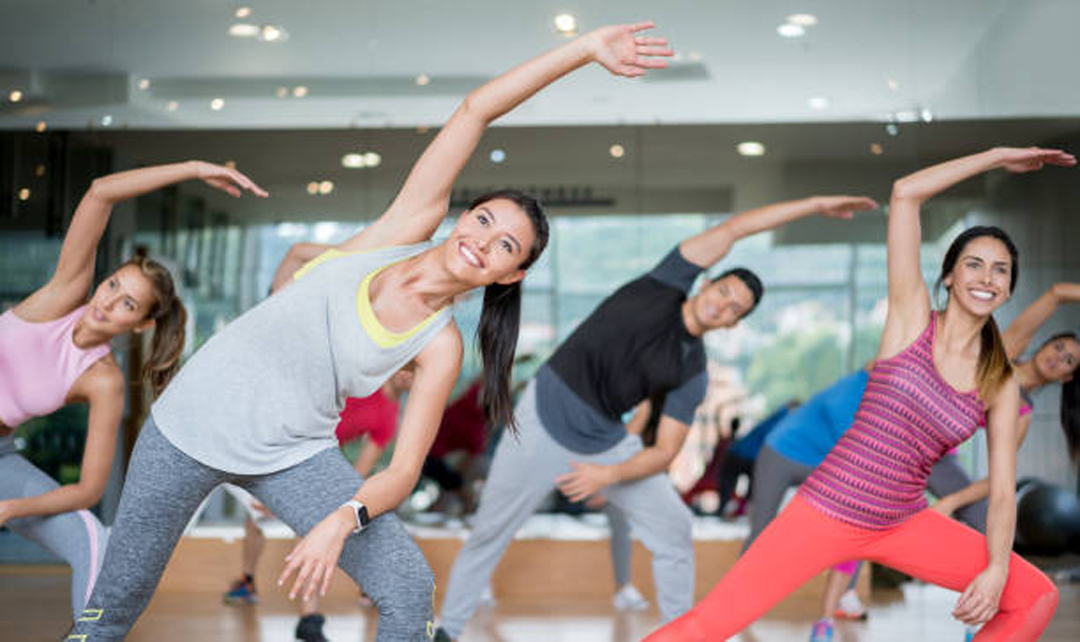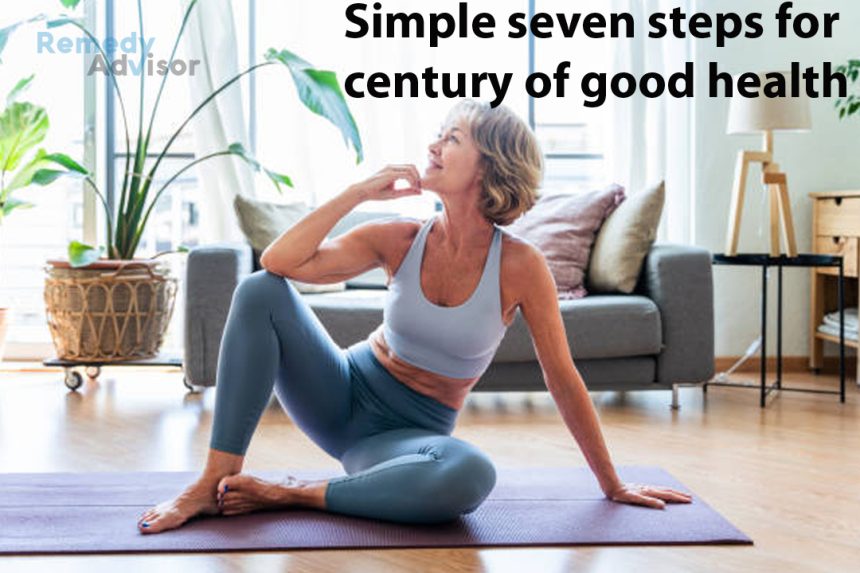When Americans get sick, they go to the doctor and say, “Fix me.” But only you can fix you, and you can! There is no biological reason we can’t live to be a ripe old age, free of pain, illness and decay still vital and sexually active.
Working to balance modern scientific research and the ancient healing arts of India and China, I have developed a seven-step program to achieve that goal. Actively enhancing the link between mind and body will change the way you look, feel and live.
Follow my seven-step plan in any order you choose.
You start with the step that’s least difficult for you and work on it as long as necessary three months, six months, a year until you’re ready to try the next step.
As you move forward, reaping the benefits, observe the power you have gained in changing your life.
As with car repair and maintenance, the earlier you start my program, the more mileage you’ll get. But it will definitely improve your health and outlook at any age.
Step 1: Perform your own health risk appraisal
To learn whether you’re at greater risk of developing certain diseases than the general population, know your risk factors. With your health provider’s help, choose actions to take or avoid reducing your risk.
• Physical status
Do you have high blood pressure or high cholesterol? Both increase the risk of heart attack, stroke and premature death.
• Family history
Ask your close blood relatives how long other family members have lived. Find out if any of them had major chronic illnesses or conditions such as cancer, heart disease, osteoporosis, diabetes and degenerative arthritis.
Mistake: People with short-lived families resign themselves to an early death. That’s totally unrealistic. Heredity accounts for no more than 10% of the chance of death.
• Lifestyle
Do you exercise and stretch regularly? How healthfully do you eat? Do you get enough rest and make an effort to avoid stress? Do you drink too much alcohol or use tobacco products?
Step 2: Use antioxidants
The most important medical discovery of the past 50 years is that antioxidants minimize the damage done by free radicals, agents in the blood that attack and weaken body tissues.
I am not impressed by a few imperfect studies debunking the remarkable effects of antioxidants. These studies do not refute 40 years of impressive research concluding that antioxidants help prevent heart disease, stroke, and cataracts, skin wrinkling, senility and breast, lung and colon cancer while slowing aging itself. For further proof, I could cite the remarkable positive effects that taking supplemental antioxidants has had on hundreds of my own patients.
The best source of antioxidants is organically grown fruits (three to five servings a day) and vegetables (three to four servings a day).
But if you’re among the 90% of people who eat the typical American diet, which includes lots of meat and fat but few fresh foods, you need supplements.
Every day, take 500 to 2,000 milligrams of vitamin C, up to 10,000 international units (IU) of vitamin A, 400 to 800 IU of vitamin E and 12,000 to 25,000 IU of beta-carotene, which the body converts to vitamin A.
Step 3: Practice some form of aerobic exercise to keep your heart healthy

Exercise is a more powerful medicine than any drug. The evidence is overwhelming that people who exercise live longer and have less risk of death from heart disease. Exercise pumps oxygen through the body tissues. That’s good for everyone and especially good for people with kidney disease.
Any exercise that is somewhat strenuous will do. Just be sure to raise your heart rate (you don’t have to feel it pounding). You can ride a bike or walk. Do this for 30 minutes three times a week. After three months, you will feel better. Continue this regimen, working up to at least five days a week.
Step 4: Meditate for stress management and mind/body health
Stress, which many experts consider the most common cause of disease in this day and age, can rob you of life. By relieving stress, regularly practiced meditation becomes rejuvenating.
None of my accomplishments has had a stronger impact on my life than using meditation to neutralize the effects of stress on my nervous system.
At least once, preferably twice, a day meditates for 10 to 20 minutes.
Consider tai chi chuan centering prayer, transcendental meditation, intoning a mantra. The aim is to create a quiet space between your thoughts. It requires conscious effort and is not the same as relaxing.
No time? Think again. Meditation will increase your productivity for the rest of the day. Its impact on the ability to absorb knowledge is tremendous.
Step 5: Practice weight training for stronger bones
Brittle bones (osteoporosis) lead to falls, broken hips and a susceptibility to pneumonia while bedridden. And older people tend to have weak legs in general.
I call one simple exercise “chair-ups.” Sit in an armchair. Can you raise yourself repeatedly, without touching the arms? Keep practicing until you can. That will strengthen your legs a great deal.
Step 6: Stretch and strengthen your back
Being supple will allow you to turn your head around while driving and not have a dangerous “blind spot.” You can bend down to pick things up and stand up again without creaking and cracking.
Flexibility helps prevent the natural degeneration into stiffness that comes with aging and helps prevent injury from accidents, the major cause of disability in older people, and back problems, suffered by 85% of American adults.
Stretch each and every day. Find a stretching routine you like and do it for two to five minutes shortly after getting up in the morning.
Keep trying to place your palms on the floor without bending your knees. The closer you can get, the more effective the stretch.
Step 7: Eat right
In my view, all extremes in nutrition are to be avoided. Low-fat diets alone don’t make a difference. Eliminating any single factor won’t keep you healthy. What’s crucial is to maintain a balance of proteins, carbohydrates (pasta, whole grains) and plenty of organically grown fruits and vegetables. Eat more vegetable than animal protein. Read labels carefully and choose natural foods.
Look at where the food came from. Oatmeal and cream of wheat are closer to nature than sugar-coated bran flakes. When you see a box of cereal growing from a tree, you’ll know it’s a good food.







